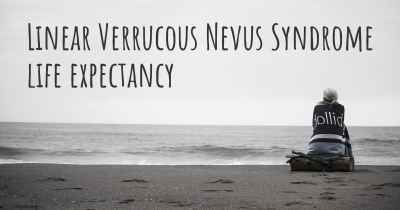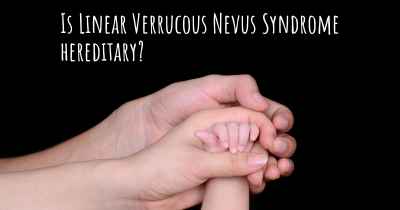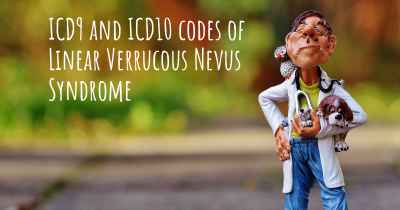What is the history of Linear Verrucous Nevus Syndrome?
When was Linear Verrucous Nevus Syndrome discovered? What is the story of this discovery? Was it coincidence or not?

Linear Verrucous Nevus Syndrome:
Linear Verrucous Nevus Syndrome (LVNS), also known as Linear Epidermal Nevus Syndrome, is a rare genetic disorder characterized by the presence of linear verrucous nevi on the skin. These nevi are thickened, wart-like growths that typically follow the lines of Blaschko, which are invisible patterns that represent the migration of cells during embryonic development.
Discovery and Early Cases:
The history of LVNS dates back to the early 20th century when the first cases were reported. In 1901, a German dermatologist named Ferdinand von Hebra described a case of linear verrucous nevi in a patient. However, it wasn't until 1957 that the term "Linear Verrucous Nevus Syndrome" was coined by Dr. Robert Rothman, an American dermatologist, to describe a group of patients with similar clinical features.
Clinical Features:
LVNS primarily affects the skin, but it can also involve other organs and systems. The most prominent feature is the presence of linear verrucous nevi, which can vary in size, shape, and distribution. These nevi are typically present at birth or appear during early childhood and tend to grow proportionally with the individual.
In addition to the skin manifestations, individuals with LVNS may experience other associated abnormalities. These can include skeletal abnormalities, such as limb length discrepancies or scoliosis, as well as abnormalities of the central nervous system, eyes, and teeth.
Genetic Basis:
LVNS is caused by a somatic mutation in the FGFR3 gene, which encodes a receptor involved in cell signaling and growth regulation. This mutation occurs early in embryonic development and affects a specific group of cells, leading to the formation of linear verrucous nevi.
It is important to note that the mutation in LVNS is not inherited from parents but arises spontaneously during embryogenesis. Therefore, the syndrome is not typically passed on to future generations.
Diagnosis and Management:
Diagnosing LVNS is primarily based on clinical features, including the presence of linear verrucous nevi and associated abnormalities. Genetic testing can be performed to confirm the presence of the FGFR3 mutation.
Management of LVNS focuses on addressing the specific symptoms and complications associated with the syndrome. Treatment options for the skin manifestations include topical medications, laser therapy, and surgical excision. Other interventions may be required to manage skeletal abnormalities, neurological issues, or other associated conditions.
Research and Future Perspectives:
As LVNS is a rare disorder, research on this syndrome is limited. However, ongoing studies aim to further understand the underlying mechanisms of the FGFR3 mutation and its effects on cell growth and development. This knowledge may contribute to the development of targeted therapies in the future.
In conclusion, Linear Verrucous Nevus Syndrome is a rare genetic disorder characterized by the presence of linear verrucous nevi on the skin. It was first described in the early 20th century and has since been associated with various associated abnormalities. The syndrome is caused by a somatic mutation in the FGFR3 gene and is diagnosed based on clinical features. Management involves addressing specific symptoms and complications. Ongoing research aims to deepen our understanding of the syndrome and potentially develop targeted therapies.








